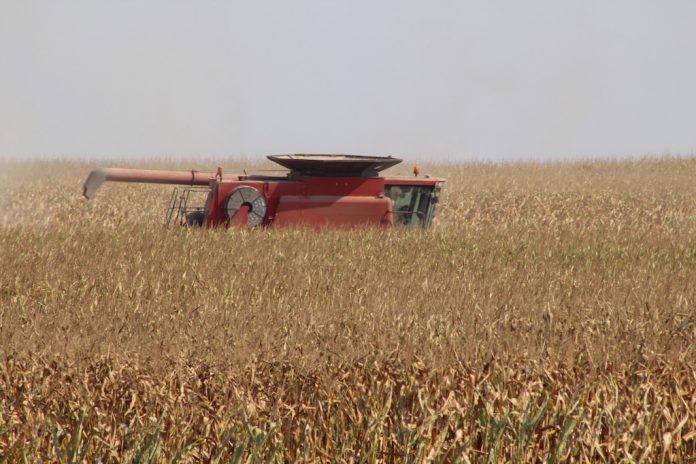A recurrent theme in Louis L’amour western novels is that of the poor broke cowboy who is laid off for the winter: “It makes you wonder where the summer wages went!”
There is a seasonality to misery in the grain business, too. In grain markets that are dominated by weather concerns, the price highs tend to come in late June while we are still worried about the crops.
July is a month when we worry about corn pollination and getting enough rain. August is the soybean month when we worry about moderate temperatures and enough rain to grow pods and fill out soybeans.
This year has been complicated by the impact of the Ukraine war and the price impact of overreacting to the war. Coincidentally — and because an army likes to move when the ground is dry — the war came at the same time as the growing season.
The result was wild volatility, followed by farmers getting the sickening feeling they missed the chance to sell grain at record prices. They did.
In the doldrums
Now, we are in the doldrums in the grain markets. Prices change dramatically some days, but the price levels are far below the summer highs, and in some cases at levels that make one think the war doesn’t even exist. The hot/dry fears have faded.
Grain markets are now trading some enthusiasm that there will be exports out of Ukraine, and there will be good crops in the U.S. The fears of hot, dry August weather that will hasten corn maturity but hurt yields, and that will hurt bean yields, have mostly gone away.
My conference call with 25 or so crop observers across the corn belt Aug. 15 revealed dry spots but confirmed that generally, we are having a trend-line crop or above.
There were dry spots where rains this week would be too late for timely-planted corn and help only the late crop. There were wet spots where the several inches of rain received would finish the crop. There were dryish spots where forecasted rain would keep the growing machine humming.
So, the war machine is being ignored, and the weather machine is being thanked. Farmers have raised their heads above the summer workload and realized that the prices that seemed so comfortable are no longer.
Corn prices dropped over two dollars and then recovered a dollar. Soybeans dropped almost three dollars and then got half of it back. Wheat lost a staggering $5.50 and is only 35 cents above that low right now. That is fair.
Wheat is the Ukrainian export with the most impact. Basis levels have told an interesting tale while this market has boomed. At one point in May, buyers had gone to flat pricing grain without regard to futures.
They could do this because so much grain was being offered to them, and they were having trouble servicing margin calls. Now, those same buyers are struggling to source grain from farmers who are sold out or are holding onto the last few loads wondering where their “summer wages” went.
One point in central Pennsylvania that strongly influences the value of grain in eastern Ohio had basis at zero in May but is now 90 cents over futures.
USDA reports
There were other fundamental influences on grain last week. The U.S. Department of Agriculture released reports that included, among other things, the fact that corn conditions had declined 3%, a surprise. They dropped the expected national yield to 175.4 bpa from 177.
The USDA reported Aug. 15 another 1% decline in corn condition, now 4% below last year’s condition at this time. For whatever reason, December corn futures were 32 cents higher last week, but we had lost that again as this was written early Aug. 16.
December futures were off 14 cents Aug. 15, and we were down 20 cents the morning of Aug. 16.
Soybeans were favored by USDA Aug. 12 as they reported a fractional increase in soybean yields while the market was expecting a decrease. The yield was raised by 0.4 bpa to 51.9, which would put it just a tenth of a bushel below the 2016 record.
This is hard to believe after the late start to planting, especially in areas that are now using April planted to improve yields. Nevertheless, soybeans gained 45 cents on the November contract last week.
The gains did not last long, with a 42-cent loss Aug. 15, primarily on reports expecting good weather. We had added a loss of 15 cents so far Aug. 16.
We are now in the last half of the critical August weather month, and weather has not been critical. Fall is ahead, and the reality is the grain needs to be gone and we need to be prepared to reward bumps in the market for new crop.
Carryout projections for both corn and soybeans are very tight, so there will be opportunities for good sales, just not at war-aided prices.











